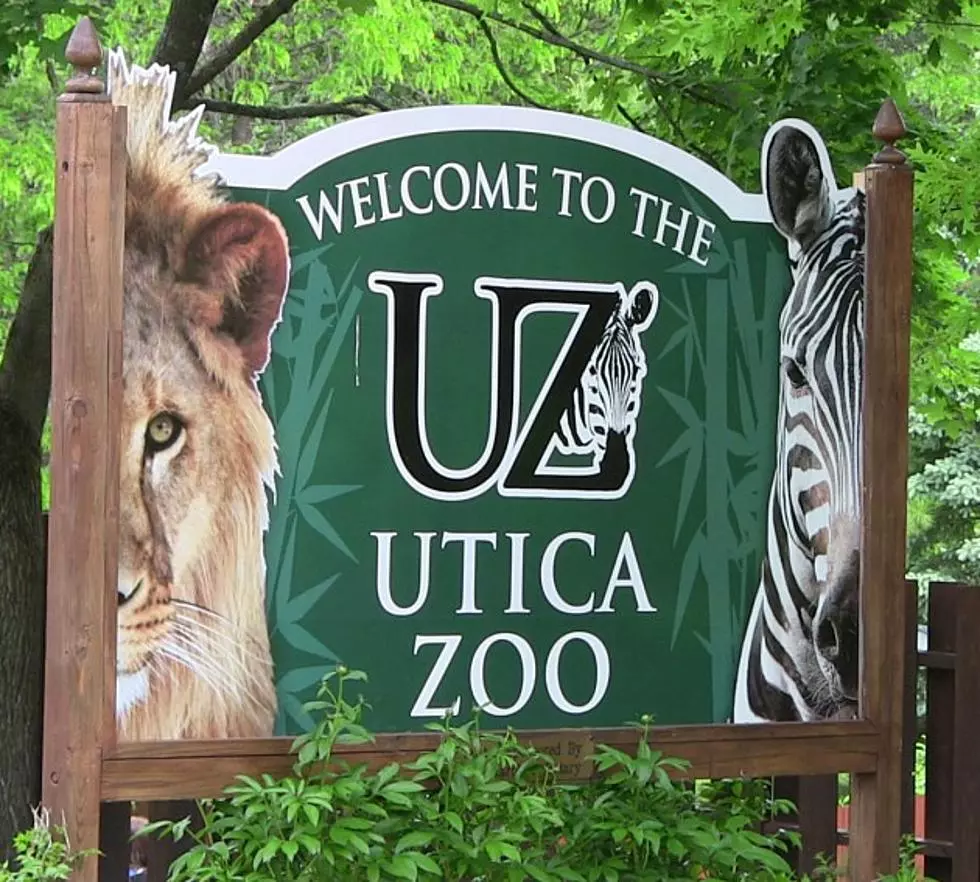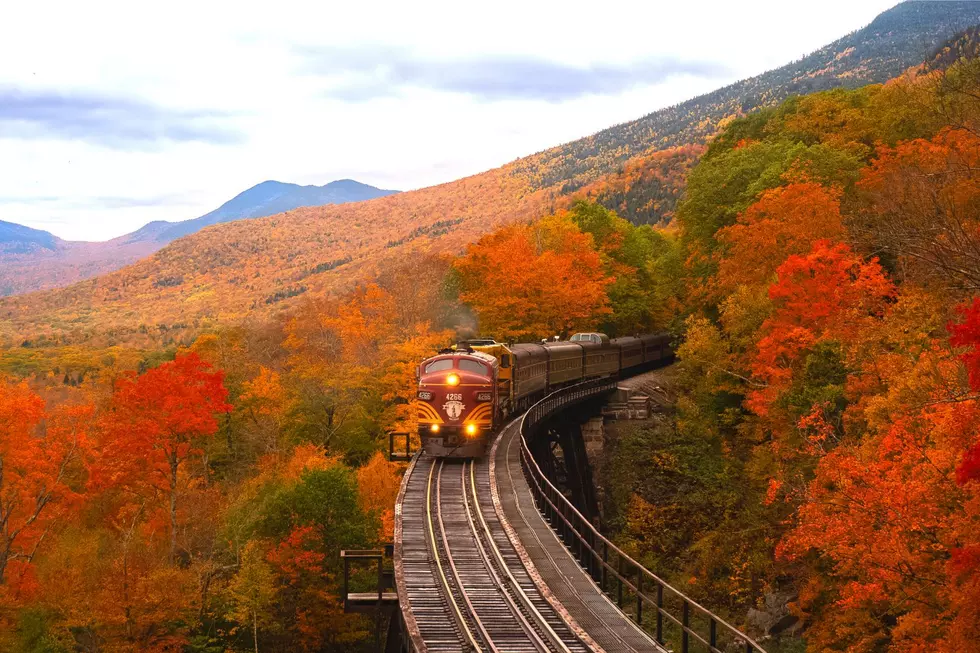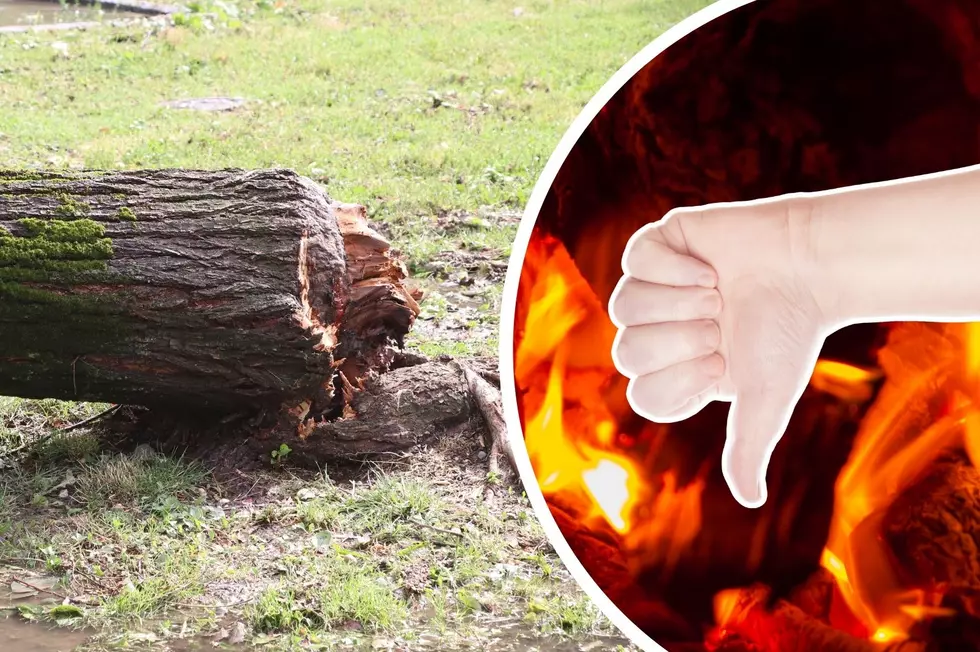
USDA On The Lookout For Asian Longhorn Beetle
Washington, DC (WIBX) - Hot on the heels of the Emerald Ash Borer comes a new invasive species capable of wiping out the state's maple industry.
The Asian Longhorn Beetle originally came to the US through shipping pallets from Asia 1996, but spread to at least five states, including New York.
Rhonda Santos, with the USDA, says though the beetles don't hurt people or pets, though 13 types of trees are extremely susceptible.
"The beetle is actually pretty damaging to our native hardwood trees," Santos said. "It attacks 13 different types of hardwood trees, and all of the species within. One of its favorites is maple, so it would go after red maples, sugar maples, silver maples and so on."
Adult Asian Long horned Beetles are about 1 to 1 1/2 inches long, with long black and white banded antennae. Their bodies are jet black with random white spots, giving them a very unique look.
Santos says the beetles also leave a distinctive mark on trees, even if you don't see the insect itself.
"What you can look at on your trees are exit holes, which are probably the most prominent sign," Santos said. "They're a little bit smaller than a dime in diameter and perfectly round and that's where the adult insect would have chewed its way out of the tree."
Other things to look for on trees are oval depressions in the bark where the insect's eggs are laid, sawdust-like material on the ground and branches and sap seeping from the tree.
According to Santos, the beetles do fly, but not very well. Therefore, they stay close to their infestation site. She says their main movement is caused by humans, who transport firewood to camps in other areas.
To prevent the insect's spread and to find new infestations, she also says to let the USDA know if you come across one.
"If you do see one, you'd want to try and capture it if you can," Santos said. "If you can capture it and freeze it, that'll help us with identification. Or, take a picture of it and the website offers and online reporting function."
Adult beetles will remain alive until the first hard frost, but their eggs will remain dormant until the next spring. When they hatch, they will continue to eat the tree from the inside out.
Although the ALB has no natural predators in the U.S., the USDA and Animal and Plant Health Inspection Service (APHIS) have been able to eradicate the insect from a few areas, including Chicago.
Santos says if nothing else, people should monitor their trees for infestations and follow the rules provided by the "Don't Move Firewood" campaign.
More From WIBX 950









